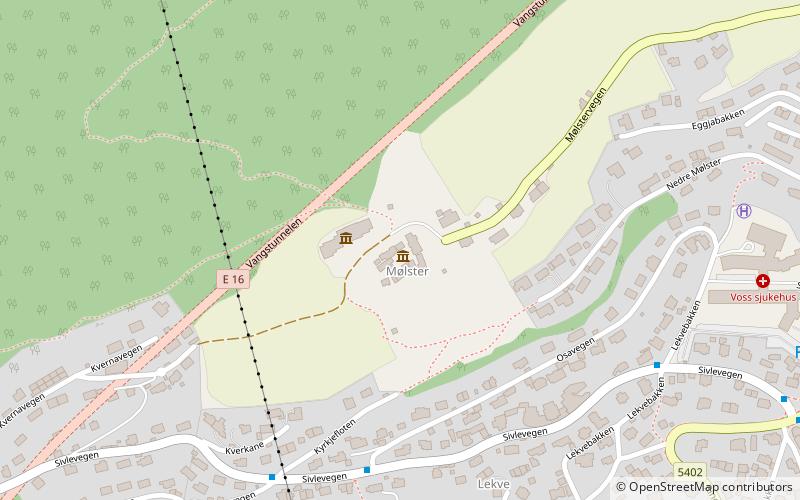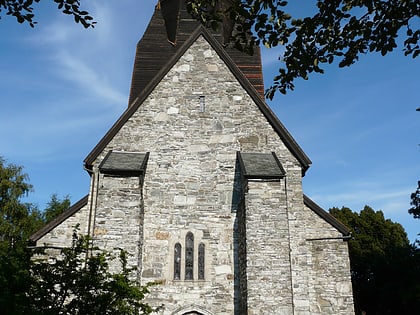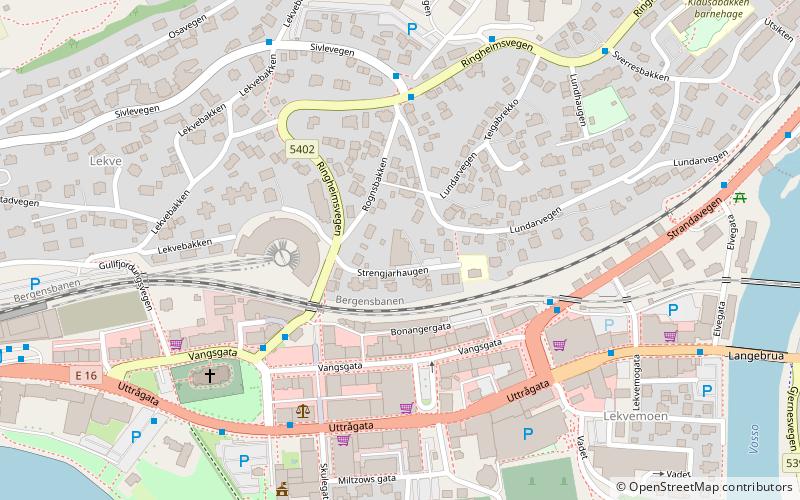Mølstertunet, Voss


Facts and practical information
Mølstertunet is a cluster of the buildings from two farms on the farm Mølster on Voss. The yard was taken over by the Voss Folk Museum around 1920 and is operated today as part of the Hardanger and Voss Museum foundation. It is located in the valley side around 2 km from Vossevangen.
On behalf of Fortidsminneforening, Tunet was measured by architect Gerhard Fischer in 1910. The businessman and village book author Lars Kindem was the driver to take over the Mølstertunet. In September 1917 he got an agreement with Botolv Mølster to buy his house in the yard. In the same autumn, the Voss village museum was established and took over the purchase contract. A few years later, the museum also bought Arnfinn Mølster's part of the property.
The yard consists of 17 farmhouses and the facility was protected in full by the National Antiquarian as early as 1923: Stove, Flor, Stall and Smalflor, Vedhus, Loft, BU, Løe, Eldhus/Årestove, Stove, loft, Flor, Kårstove, Bu, Smie, Vedhus, Lion, Eldhus/Årestove
After the museum took over, it bought a mill from the farm Bø in Tjukkebygda, and this was set up right next to the yard.
The oldest house is a year room, probably from the 16th century, and the newest houses are from the 1880s.
In November 1926, the museum was temporarily opened. On July 29, 1928, the Voss Folk Museum was officially opened with a convention where National Antiquarian Harry Fett held the keynote speech.
In 1985, a new fire -safe museum building was opened for permanent and changing exhibitions. Mølstertunet also has a large collection of use art, furniture and tools.
Voss
Mølstertunet – popular in the area (distance from the attraction)
Nearby attractions include: Voss Church, Hangursbanen, Vossevangen, Vangskyrkja.






